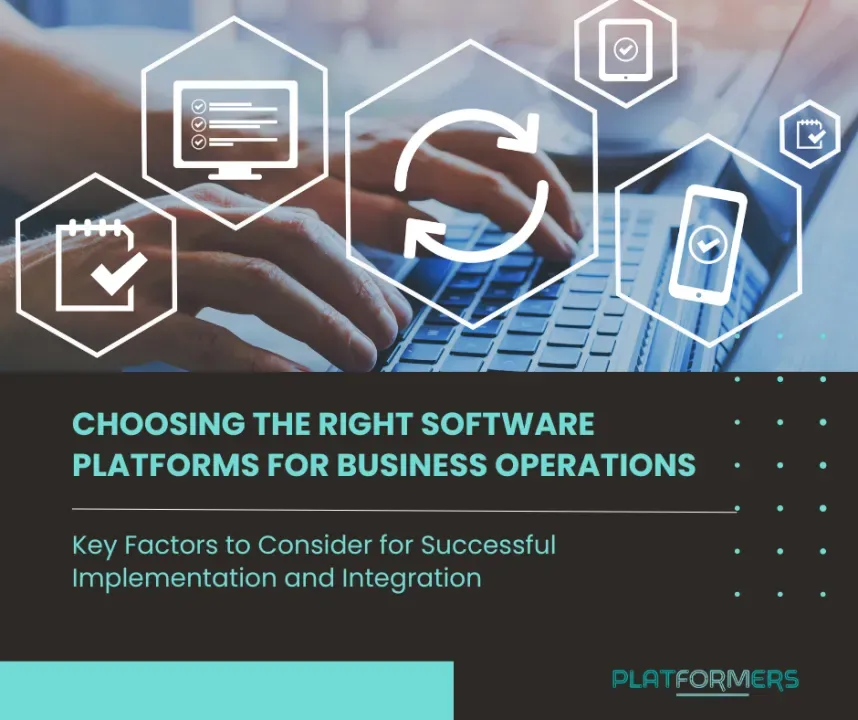Choosing the Right Software is a pivotal decision for organizations seeking to align technology with strategy. A well-structured process starts with a vendor evaluation checklist to move beyond marketing hype and toward measurable outcomes. Define software selection criteria that reflect your goals, and use transparent comparison criteria for software to evaluate each option fairly. Develop a vendor scorecard to translate requirements into objective scores, and keep the process repeatable and auditable. An effective RFP process for software and structured demonstrations help you surface gaps early and reduce risk while accelerating value.
Beyond naming the right tool, organizations explore selecting a software solution that fits their processes, data flows, and culture. This broader approach treats software procurement as a strategic decision rather than a single purchase, emphasizing ongoing value, risk management, and cross-functional buy-in. Using terms like vendor viability, solution fit, and platform roadmap helps teams discuss trade-offs in language that resonates with stakeholders across departments. By focusing on needs, testing through pilots, and aligning with long-term goals, you can secure a scalable, user-friendly platform that drives real business outcomes.
Choosing the Right Software: A Data-Driven Framework for Requirements, Criteria, and Vendor Evaluation
In the landscape of modern software choices, Choosing the Right Software should be anchored in a rigorous, data-driven process. Begin by translating business goals into concrete requirements and clearly defined success metrics. This creates tangible software selection criteria and helps you set an objective baseline rather than relying on flashy demos. A vendor evaluation checklist rooted in these criteria ensures you consider both functional needs and non-functional requirements such as security, scalability, and change management, so your evaluation remains disciplined and repeatable.
With requirements documented, you can move toward market scan and shortlisting, then build an evaluation framework—your vendor scorecard. This approach aligns with the comparison criteria for software, enabling you to quantify how each candidate measures up on dimensions like functionality, usability, integration, security, roadmap, support, deployment options, and total cost of ownership. By recording how each criterion is scored and why, you establish an auditable trail that supports executive reviews, reduces bias, and accelerates a value-driven decision.
From RFP to Validation: Leveraging the RFP Process for Software, Vendor Scorecards, and Comparative Evaluation
A structured RFP process for software is essential to collect apples-to-apples data and surface gaps early. Ensure your RFP maps directly to your software selection criteria so responses can be scored consistently. Request detailed product descriptions, architecture diagrams, security controls and compliance evidence, roadmaps, implementation plans, and transparent pricing. This flow feeds the vendor scorecard and underpins objective comparisons, helping you separate genuine fit from marketing claims within your vendor evaluation checklist.
Use pilots, proofs-of-concept, and real references to validate vendor responses and refine scoring. The insights from these activities feed back into the vendor scorecard and the comparison criteria for software, surfacing real-world performance, data migration readiness, and user adoption potential. Coupled with thorough due diligence and a clear decision package, you can make a confident choice, document the rationale, and establish ongoing governance to ensure you continue Choosing the Right Software as your organization evolves.
Frequently Asked Questions
In the context of Choosing the Right Software, how can a vendor evaluation checklist and the RFP process for software improve vendor selection?
A vendor evaluation checklist provides a transparent, criteria-based baseline to compare vendors during Choosing the Right Software. Pair it with a disciplined RFP process for software to collect structured, apples-to-apples responses that cover requirements, security, integration, and total cost of ownership. A vendor scorecard then translates those responses into objective scores, enabling clear comparison criteria for software and justifying decisions to stakeholders. This approach reduces bias, speeds up evaluation, and helps you select software that truly fits your objectives.
What should be included in the software selection criteria and how does a vendor scorecard support Choosing the Right Software?
Your software selection criteria should cover both functional and non-functional needs—such as functionality, usability, integration, security, roadmap, deployment options, and TCO. Use a vendor scorecard to turn these criteria into weighted scores, enabling apples-to-apples comparisons (the comparison criteria for software) across bidders. This structured approach supports objective RFP responses, informed demonstrations, and transparent decisions as part of Choosing the Right Software.
| Section | Key Points |
|---|---|
| Introduction | Choosing the Right Software is critical; use a robust vendor evaluation checklist to define clear requirements, apply objective criteria, and follow a repeatable process to compare options and select software that delivers value. |
| Step 1: Define requirements and success metrics | Gather input from users, IT, and leadership; translate goals into concrete, testable functional and non-functional requirements; cover capabilities, roles, data migration, integrations, security, performance, accessibility, budget, and timeline; frame criteria explicitly for objective comparison. |
| Step 2: Market scan and shortlisting | Build a longlist from reputable sources; assess initial fit and gaps; plan for structured responses and a vendor scorecard; focus on credible options aligned with architecture. |
| Step 3: Build the evaluation framework (vendor scorecard) | Create objective scoring rubrics weighted by importance; keep the process transparent and repeatable; include criteria such as Functionality, Usability, Integration, Security, Roadmap, Support, Deployment, TCO, References, and Data governance. |
| Step 4: RFP and vendor demonstrations | Map responses to evaluation criteria; request detailed product descriptions, architecture, security, roadmap, pricing, references; require live demos or pilots; minimize bias for apples-to-apples comparisons. |
| Step 5: Proof of concept, pilots, evaluation in practice | Define concrete pilot success criteria; use results to recalibrate scores; test integration, data quality, and change management; involve broad stakeholders for acceptance. |
| Step 6: Due diligence and risk assessment | Verify references and security certifications; review data migration plans; assess vendor stability, exit options, and SLA alignment; reduces post-implementation risk. |
| Step 7: Financials, procurement, and negotiation | Consider total cost of ownership; negotiate BATNA; ensure explicit SLAs, data ownership, and transition support; seek sustainable value rather than short-term gains. |
| Step 8: Decision and implementation planning | Present a decision package with scoring rationale, ROI/TCO, and a high-level implementation plan including milestones and change management. |
| Step 9: Ongoing governance and vendor management | Establish governance, revisit scorecards, renewal triggers, dashboards; perform periodic re-evaluations to sustain value and keep Choosing the Right Software aligned with evolving needs. |
| Conclusion | The conclusion summarizes the structured approach to Evaluating Software and maintaining ongoing governance to ensure long-term value. |
Summary
Choosing the Right Software is a dynamic, multi-step journey that blends disciplined analysis with collaborative stakeholder alignment to deliver real business value. By following a clear vendor evaluation checklist, translating goals into measurable criteria, conducting thorough market scans, rigorous scoring, pilots, due diligence, and ongoing governance, organizations can reduce risk, shorten the evaluation cycle, and land on a solution that scales with their needs. The process emphasizes transparency, data-driven decisions, and long-term value over flashy demos, ensuring adoption across teams and sustained benefits. Choosing the Right Software enables organizations to navigate complex software landscapes with confidence, clarity, and a clear path to measurable outcomes.



